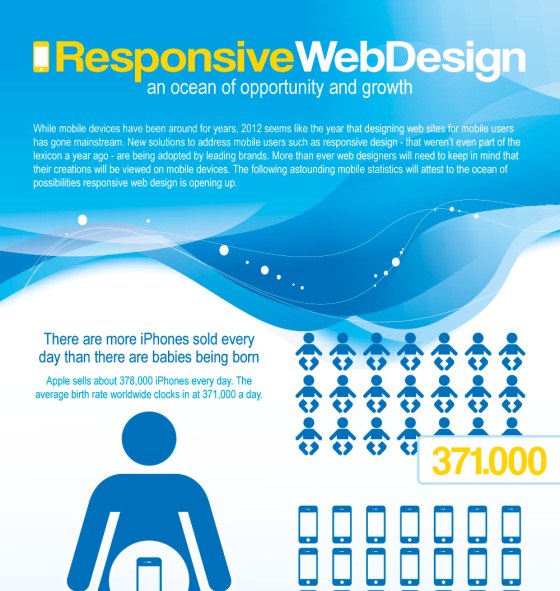The Development Of Internet Site Style: From Past To Existing
The Development Of Internet Site Style: From Past To Existing
Blog Article
Authored By-Lamb Vinson
In the past, web sites were basic and concentrated on info. Navigation was direct, and layout was for desktops. Now, user experience is vital. Information guides designs for very easy navigating. Responsive formats suit various tools. professional web design services , dark setting lowers stress, and minimal food selections improve navigation. Interactive functions involve users, and strong visuals stick out. AI combination boosts interaction. See just how design has actually developed to improve your on the internet trip.
Very Early Days of Website Design
In the very early days of website design, simpleness preponderated. Web sites were standard, with limited colors, typefaces, and designs. The focus got on giving details instead of showy visuals. Customers accessed the internet via slow dial-up connections, so rate and capability were key.
Navigation menus were straightforward, normally situated on top or side of the web page. Web sites were created for desktop computers, as mobile surfing wasn't yet widespread. Content was king, and developers focused on simple readability over complex style aspects.
HTML was the main coding language made use of, and developers had to work within its restraints. Computer animations and interactive attributes were marginal compared to today's criteria. Internet sites were static, with little dynamic web content or customized individual experiences.
Rise of User-Focused Style
With the evolution of web site style, a change in the direction of user-focused layout principles has become significantly popular. https://paxtonjgcxr.wizzardsblog.com/29865848/carefully-choose-an-electronic-advertising-firm-for-your-service-by-considering-your-purposes-funds-and-appropriate-market-understanding-in-order-to-achieve-success , developing web sites that prioritize customer experience is crucial for involving site visitors and accomplishing business objectives. User-focused design involves understanding the requirements, preferences, and behaviors of your target audience to customize the site's layout, material, and includes accordingly.
Developers currently carry out thorough study, such as customer surveys and usability screening, to gather insights and responses directly from users. This data-driven technique aids in producing instinctive navigating, clear calls-to-action, and aesthetically enticing interfaces that resonate with visitors. By placing the individual at the center of the design procedure, web sites can provide an extra tailored and delightful experience.
Responsive layout has likewise become a vital facet of user-focused layout, making sure that websites are enhanced for numerous devices and screen sizes. This versatility improves ease of access and functionality, dealing with the varied ways customers interact with websites today. Essentially, the increase of user-focused layout indicates a shift towards developing digital experiences that prioritize the demands and expectations of the end user.
Modern Trends in Web Design
Check out the current fads shaping website design today. One famous trend is dark setting design, using a smooth and modern-day look while lowering eye stress in low-light settings. Another vital fad is minimal navigation, simplifying menus and boosting customer experience by focusing on essential elements. Incorporating seo off page optimization -interactions, such as computer animated buttons or scrolling effects, can produce a more engaging and interactive site. Receptive layout remains vital, guaranteeing smooth customer experiences across various gadgets. Additionally, using bold typography and unbalanced designs can include aesthetic interest and accentuate specific content.
Incorporating AI modern technology, like chatbots for client support or personalized recommendations, improves user interaction and enhances processes. Ease of access has additionally become a considerable pattern, with designers prioritizing inclusive style methods to satisfy diverse individual demands. Embracing sustainability by optimizing website performance for speed and efficiency is another arising fad in web design. Teaming up with user comments and information analytics to iterate and enhance design continuously is necessary for remaining pertinent in the ever-evolving digital landscape. By welcoming these modern trends, you can create a visually appealing, straightforward internet site that resonates with your audience.
Conclusion
As you reflect on the advancement of internet site design from the early days to currently, you can see how user-focused layout has become the driving force behind contemporary fads.
Embrace the trip of adjustment and adjustment in website design, always maintaining the user experience at the leading edge.
Remain present with the current patterns and technologies, and never ever stop evolving your approach to create aesthetically magnificent and straightforward web sites.
Develop, adapt, and develop - the future of web design remains in your hands.
